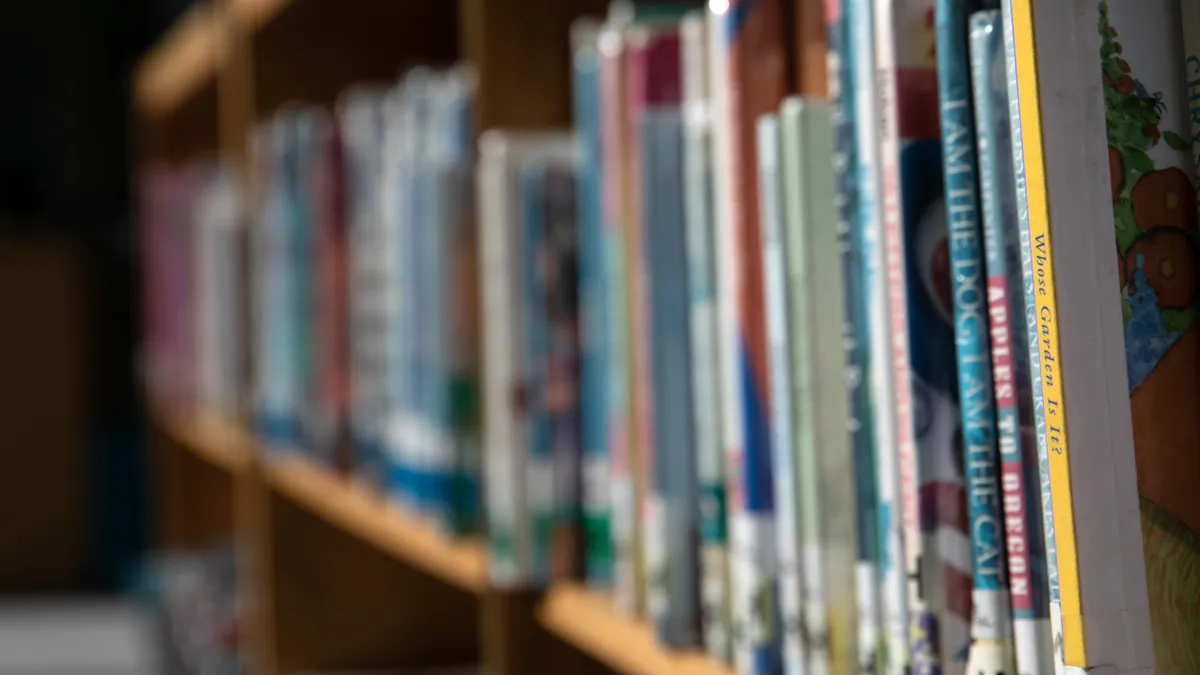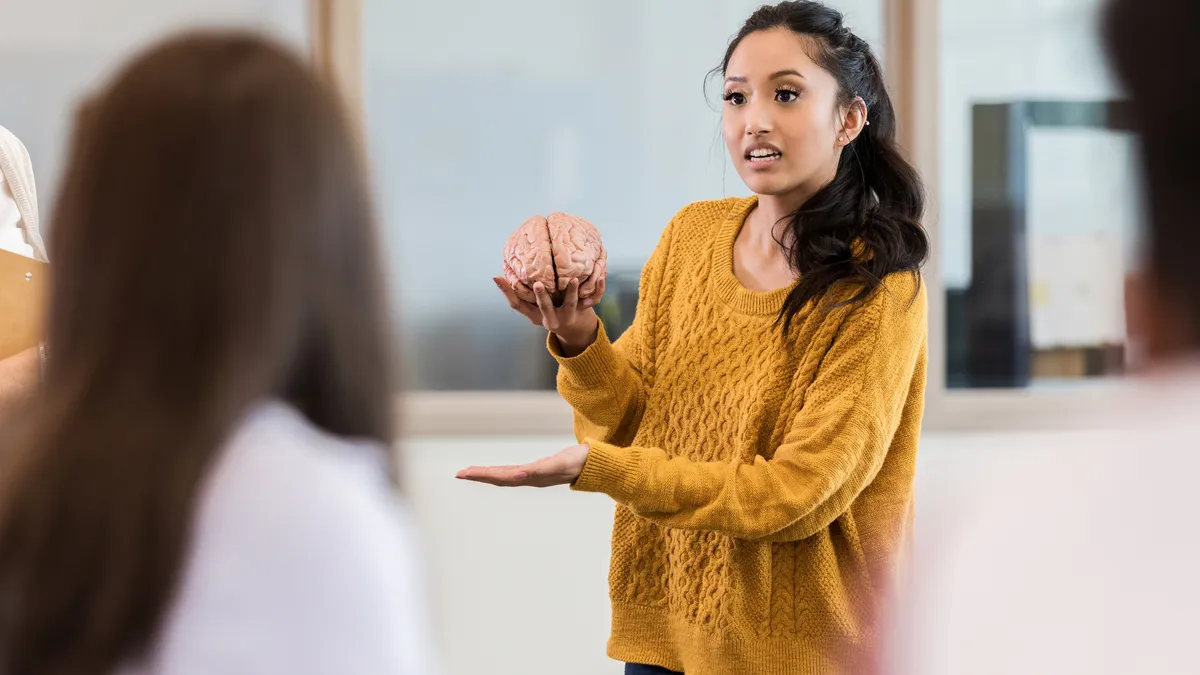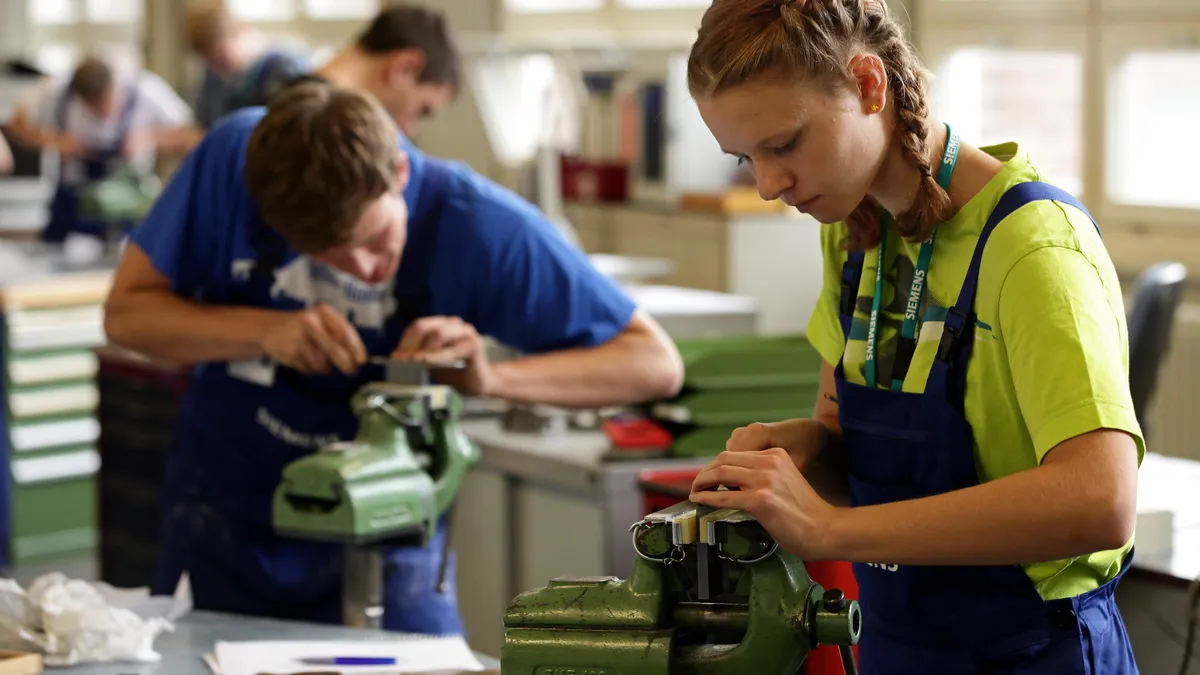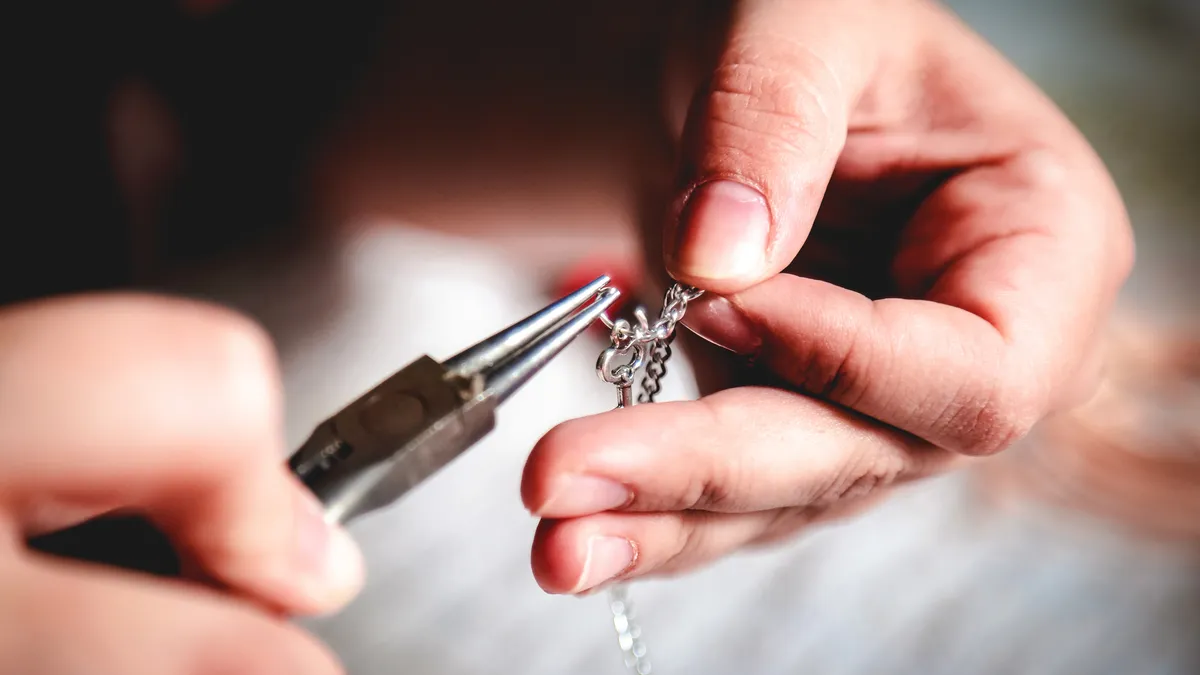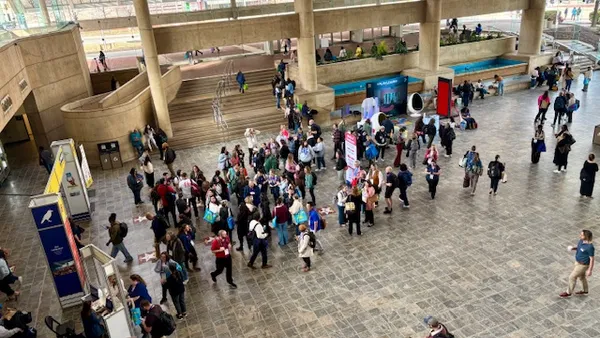As schools return to full-time, in-person learning, school librarians are in a unique position to lead efforts to incorporate social-emotional learning into back-to-school plans and help students reacclimate.
“Some of the key facets of social-emotional learning — communication and social skills, inclusivity and community, growth mindset and problem-solving, character and kindness, and reflection — are all areas in which librarians can offer support schoolwide,” Liz Bowie, marketing content manager for library supplier Demco, wrote in a blog post.
This year, school librarians are looking forward not just to helping students choose and check out books, but to offering additional support through their many roles.
Mary Maneewongwathana is the library clerk at Woodrow Wilson Elementary School in California’s Corona-Norco Unified School District. Her school was closed part of this year, and its library has been closed to students all year.
On normal days before the pandemic, she would have to shoo students out of the library before the morning bell. “I would have 50 or 60 kids in the library,” she said.
The students weren’t all there for books. Many just wanted a place to decompress before school, Maneewongwathana said.
“Some have said it’s their safe space,” she said.
Supporting social-emotional learning
Shannon McClintock Miller, spokesperson for Future Ready Librarians and the district teacher librarian and innovation director for Van Meter Community School District in Iowa, said her school was open all year.
However, she said, some students in her district, which has a single campus for about 900 students, have not been physically present at all this year but were learning remotely. The district has been 1:1 for at least a decade.
When Miller thinks about social-emotional health, she thinks about the support families need as a whole, too. They may, for example, need more e-books and audiobooks. “The world has changed and shifted even for families at home,” she said.
Reading can support SEL by opening windows into worlds readers otherwise wouldn’t know, while also offering a mirror to readers' lives, said Janine Walker Caffrey, chief research officer for Reading Plus, an online reading program, in a webinar titled “For the Love of Reading and Self: Making the Connection Between Reading Achievement and SEL.”
Students can also escape into a good book or read about how characters cope with difficulties, Maneewongwathana said. This can, in turn, help build skills around perspective and empathy.
Librarians can also help students find other resources they or their families may need to address social-emotional needs. For example, Maneewongwathana said high school students experiencing homelessness sometimes need help finding community resources for their families. And librarians can also help students find online tutoring.
Promoting diversity and inclusivity
To further support the development of SEL skills, school librarians can create displays of books and reading lists that highlight a wide range of perspectives, sharing literature that communicates the experiences of diverse populations, Bowie said.
Books Maneewongwathana said she reads to classes include “Just Ask!: Be Different, Be Brave, Be You” by U.S. Supreme Court Justice Sonia Sotomayor about accepting differences in other people.
“They’ll see students around that have disabilities,” Maneewongwathana said of the children at her school, noting the book helped them learn how to relate to their peers.
Creating makerspaces
Students sometimes need a break from the intensity of academics and being in the classroom, Miller said. So she designs makerspaces where students can experience STEM activities.
This summer, she curated a collection for a Virtual Summer Camp Adventure with biweekly choice boards, featuring titles to read and a variety of activities.
“Kids can get on and do an activity that involves STEM or get outside,” Miller said.
The free virtual camp is an opportunity to support students whether they’re at home or in school, she said.
Collaborating with teachers and reading aloud to classes
Librarians can also help teachers address social-emotional learning topics with the stories they select and read aloud to classes. These selections can help students cope with issues confronting them and their families, provide academic enrichment, inspire students to read on their own, and make children laugh to help them relax.
Maneewongwathana said she collaborates with teachers before choosing books to read to students. Among the titles she’s chosen have been shared “A Chair for My Mother” by Vera B. Williams, about a family whose home is destroyed by fire and how they save to buy a comfortable chair.
“I’ve tried to pick books this year that are about families struggling,” Maneewongwathana said.
She also tries to select books based on what is going on in the school or classroom. When a grades 5 and 6 combination classroom was learning about World War II, she read them a book about Rosie the Riveter, showed them pictures of her father in his uniform with a B-17, and played a video clip of 95-year-old Mae Krier, who helped make warplanes during WWII and, last year, sewed polka-dot COVID masks out of fabric like Rosie’s bandana in the famous “We Can Do It” poster.
Maneewongwathana also shared books about Navajo Code Talkers with the class. “They really like to hear about the history and to see it,” she said.
Sometimes, teachers will also email her and say they’ve had something going on, such as students being mean to each other, not being friendly or not sharing, and ask her to pull a book about that topic.
“There’s a lot of books about things like that,” Maneewongwathana said.
Miller said she has always collaborated with teachers in the 15 years she’s been in her role leading technology at Van Meter, but this year has been exceptional.
“I’ve never had so much fun collaborating with the teachers,” she said “We really grew closer as a school.”
Starting book clubs and maintaining sense of community
Last year, Miller said she started a book club for 60 students. She delivered books in plastic bags even when the library was closed during the first few months of the pandemic, and books had to be put in quarantine after students handled them.
“We met with the kids online every week,” she said. “We wanted to make sure our kids were connected to the school over the summer.”
They also often dressed up as the book characters, Miller said, noting librarians around the country have had to be really creative to make connections with the students.


